Plastic microbead from face wash, 0.5 mm wide | Imagery from Andrew Watts, Face to Face with Plastic, original source University of Exeter from United Kingdom
What are microplastics?
Microplastics are plastic pieces/pellets that are less than 5 mm (.2 inches) in diameter, which is slightly larger than a grain of sand (Wright et al 2013). We know that micro plastics are present throughout the world in all its oceans.
why do microplastics matter?
The two major concerns surrounding microplasits are that 1)"they can be ingested throughout the food web more readily than larger particles" (Wagner et al 2014) and 2) there has been very little research done on the biological effects of micro plastic ingestion, and freshwater microplastics (Wright et al 2013, Wagner et al 2014, Outi Setälä 2014).
Will microplastics ever decompose?
No. That's the problem. In all honesty, we don't have good estimates on how long it will take traditional plastics (as opposed to bio-plastics) to truly decompose. They just break down into smaller and smaller pieces, and it could take anywhere from hundreds to thousands of years for them to completely break down.
what products Contain or create microplastics?
Anything made from plastic can become marine litter and turn into microplastics.
What are Microfibers?
Microfibers are a type of microplastic which originate from synthetic textiles (such as nylon, polyester, rayon, acrylic or spandex). Washing your clothes that are made of these synthetic materials causes them to shed microfibers, which go down the drain in the washing machine and become plastic pollution.
What do microplastics look like?
Check out the images below. These microplastics were all collected in the tributaries of the Chesapeake Bay, images made available by the Chesapeake Bay Program.
The images above were pictured at the laboratory of Dr. Lance Yonkos in the Department of Environmental Science & Technology at the University of Maryland in College Park, Md. Microplastics were collected by the National Oceanic and Atmospheric Association Marine Debris Program via a manta trawl in four tributaries feeding into the Chesapeake Bay. A study led by Yonkos reports that the prevalence of microplastics in the watershed is positively correlated with population density and proportion of development.
What Can i do to prevent microplastic pollution?
The easy answer is to reduce your plastic footprint. Here are some easy ways to do so:
- Say no to disposables: if you're only going to use it once, you don't need to use it.
- coffee cup - bring a travel mug, your drink will maintain its temperature better and you'll generally save a little on your drink too
- grocery bags - buy reusable bags, both for carrying all your stuff in AND for your produce
- plastic wrap - either buy or homemake beeswax wrap, I promise it works just as well (and smells nice too!)
- disposable cutlery - I carry a metal spork around with me, but even just having a fork or spoon kicking around your purse or car is a good idea!
- straws - stainless steel / bamboo / glass / silicone straws for life! Ask for your next drink with "no straw, please!" and bask in the zero waste glory!
- Clothes: Buy natural, buy secondhand.
- Do your best to purchase clothes made from natural fibers like cotton, wool, silk, linen, hemp, flax, etc. And when you wash your clothes that are not made of natural fibers, place them in a fiber filter bag.
- Cosmetics: Refuse microbeads, beware long named ingredients.
- Choose personal cosmetic products that contain no microplastic ingredients. Beat the Microbead has an awesome list to help you figure out which products are safe for use.
- Food: Cook more, say no to packaged food.
- Generally speaking, cooking at home is healthier for you. But if you do eat out, bring your own tupperware!
- Saying to to packaged food is also generally a healthier practice, since it reduces the amount of highly processed food you're eating.
- Recycle Right: This is obvious, but not always so easy.
- Recycling is great, but you need to actually do it and do it right for it to count! You can read my post on how to recycle right, and look up recycling in your area on Earth911.org’s recycling directory.













